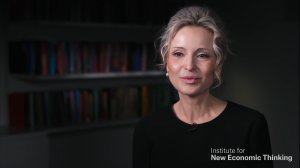The identities of the world’s most powerful people, and the corporations and institutions they run, are well known. What’s poorly understood is a key driving force behind elites’ power: their ability to build, and capitalize on, relationships. That’s the hypothesis of $uperhubs: How the Financial Elite and Their Networks Rule the World, by Sandra Navidi. She calls people with the most connections and influence “superhubs,” and explains how these individuals build global financial power networks with themselves at the center.
These “superhubs” increase their power through a multi-dimensional process that encompasses financial, political, corporate— as well as philanthropic and cultural— networks. They share in common an elite education, as well as intelligence and industriousness. But their competitive advantage, and the one they leverage for power, is their ability to build relationships. Elite networks have vulnerabilities, however: they tend to disable corrective mechanisms like regulatory reform, and their self-serving insularity helps sow the seeds of populist rebellions against them.


